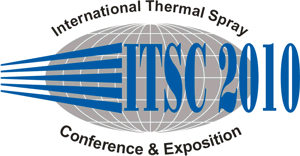| Abstract: |
Automotive industries are the largest consumer of cast iron. These automotive industries want to increase both the efficiency of engine and their life time. For that purpose they are trying to develop new types of materials which can meet their requirements. Most of the automitive engines are high temperature combustion engine where the heat is generated by burning of fossile fuel or the friction between the machine parts. When the temperature increases, the material becomes softer which increases the friction force and wear rate. Conventional Fe-C-Si alloy system cast iron shows good properties at low temperaturte but at high temperature its properties decrease very sharply. So, to protect this behaviour of cast iron, Si was replaced by Al, since both elements have similar graphitizing effect. In the present study, two types of cast iron, Fe-C-Si and Fe-C-Al alloy system cast iron, were cast in cold set resin bonded sand mould. After casting, the cast microstructure was studied using standard metallographic technique. The wear tests were conducted using ?CSM High Temperature Tribometer? following pin on disk method at 250C, 2000C, 3500C and 5000C. The worn tracks were characterized using optical profilometer, SEM and EDX. The results show that abrasive type wear was observed in both types of cast iron and always the Fe-C-Al system cast has low wear rate compared to Fe-C-Si alloy system. However, at 2000C temperature, the wear resistance of Fe-C-Si system cast iron starts to decrease whereas other type remains unchanged. The wear rates for Fe-C-Si alloy system cast iron are 12.42, 16.51, 46.75 and 98.87x10-5mm3/N/m whereas the wear rates for Fe-C-Al system cast iron are 3.32, 4.23, 4.40 and 8.15x10-5mm3/N/m at 250C, 2000C, 3500C and 5000C respectively.
|
|
